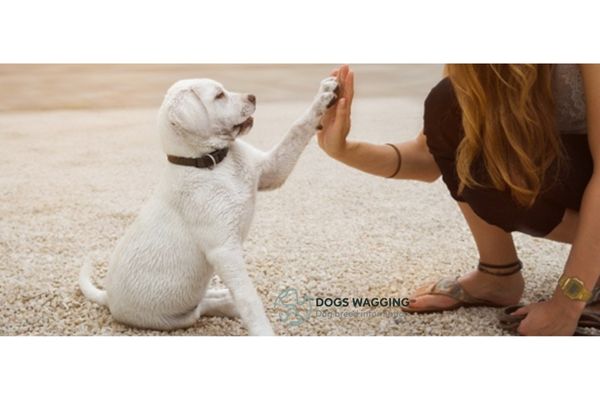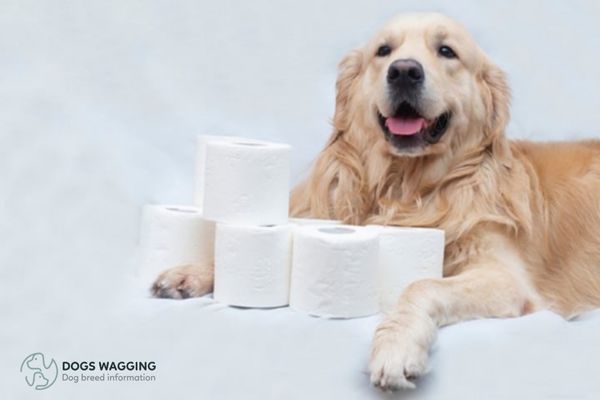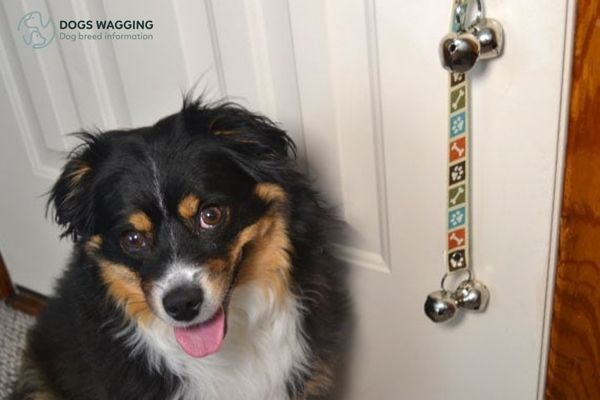John Switch • Sat Dec 30 2023
How To House Train A Dog: A Complete Guide

House training a dog is a fundamental step in creating a harmonious living environment for both the pet and the owner. It involves teaching your dog where and when it's appropriate to go to the bathroom.
If you don't know How To House Train A Dog, this article will take you through a step-by-step process, helping you understand your dog's needs, prepare for the training, and implement effective strategies. With patience and consistency, house training can strengthen the bond between you and your furry friend.
What Is House Training?
House training, often referred to as potty training, is the process of teaching your dog to eliminate outside or in a designated indoor area. The goal is to instill good habits and build a loving relationship with your pet. Understanding what house training involves is the first step to success.
Understanding Your Dog's Needs
Dogs, like their wild ancestors, prefer to keep their sleeping areas clean. They naturally want to eliminate away from where they eat and sleep, but they need your guidance to learn the rules of the human household. Knowing your dog's breed, age, and personality can influence the training techniques that will work best for your pet.
Preparation for House Training
Choosing the Right Time: The best time to start house training is when your dog is between 12 weeks and 16 weeks old. At this age, they have enough control over their bladder and bowel movements to learn to hold it.
Supplies Needed:
- Crate: A comfortable and appropriately sized crate.
- Cleaning Supplies: Enzymatic cleaners to remove odors and stains.
- Leash and Collar: For taking your dog out regularly.
Setting Up a Routine: Dogs thrive on routine. Establish a consistent schedule for feeding, potty breaks, playtime, and sleep. Typically, puppies need to go out every 1-2 hours after meals and during and after playtime.
Methods of House Training
Methods of house training are crucial for pet owners looking to establish a clean and orderly home environment. In this part, we will explore various proven techniques, from crate training to paper training, to find the most effective method for you and your furry friend.
Crate Training
Crate training involves keeping your dog confined in a crate when unsupervised. The crate should be large enough for the dog to stand, turn around, and lie down comfortably but not so large that they can use one end as a bathroom. Dogs naturally avoid soiling their sleeping space, which makes the crate a powerful tool for preventing accidents.
Regular Schedule Training
Putting your dog on a regular feeding schedule can help predict when they'll need to be eliminated. Offer meals at the same time each day and remove any uneaten food after 20 minutes. Consistent feeding leads to consistent bathroom habits.
Paper Training
Paper training is a method where you train your dog to go on a newspaper or a pad. It's useful for apartment dwellers or those who can't take their dogs out frequently. Gradually move the papers closer to the door and eventually outside to help them transition.
Implementing The House Training Process
Start by choosing a specific bathroom spot outside. Always take your dog to this spot using a leash. Use a command like "go potty" to associate the act with the command. Reward your dog immediately after they eliminate with praise or a treat. If they don't go, take them inside and try again in a few minutes.
Common Challenges and Solutions
Accidents are a normal part of house training. Never punish your dog for accidents; it can lead to fear and confusion. Clean up accidents thoroughly to remove the scent. If accidents are frequent, revisit your routine and consider if there are too long stretches between bathroom breaks.
Maintaining Progress
Once your dog starts to catch on, gradually increase the time between potty breaks. Continue to give lots of praise and rewards for successful outdoor elimination. If regression occurs, it might be due to medical reasons, changes in the environment, or lapses in the routine. Be patient and consider any factors that might have disrupted the training.
Advanced Tips and Tricks
As you and your dog become more comfortable with the potty training process, you might consider advanced techniques, including:
- Bell Training: Teach your dog to ring a bell when they need to go out.
- Signal Training: Watch for signs that your dog needs to go, such as circling or sniffing.
- Positive Reinforcement: Always use positive reinforcement like treats and praise to reward desired behavior.
When to Seek Help
If you're struggling with house training or if your dog is experiencing consistent accidents, it might be time to consult a professional. Look for a certified trainer or a behaviorist. Sometimes, consistent accidents can be a sign of a medical issue, so a vet visit is also a good idea.
FAQ - How to House Train A Dog
When Can You Start House Training Your Puppy?
You can start house training as early as 12 weeks old. At this age, puppies start gaining control of their bladder and bowel movements and can learn to hold them.
How Long Does House Training Your Puppy Take?
The duration varies depending on the dog's age, learning speed, and routine. On average, it can take 4-6 months for a puppy to be fully house-trained, but some puppies might take up to a year.
Conclusion
House training is a critical part of dog ownership. It requires patience, consistency, and positive reinforcement. However, every dog is unique, so what works for one might not work for another. Stay patient, keep a routine, and adjust strategies as needed. Remember, the goal is not just a well-trained dog but a trusting and lasting relationship with your pet.

John Switch / Author
Hello this is a test author
Recent blog posts

John Switch • Tue Jan 02 2024
How To Potty Train A Dog: All Things You Should Know
Potty training is a fundamental aspect of bringing a new dog into your home, whether a puppy or an adult. It's about teaching your dog where and when it's a

John Switch • Wed Jan 03 2024
How To Train A Dog To Stop Barking: Top 5 Effective Training Tips
Barking is a natural dog behavior, but excessive barking can be challenging for dog owners and neighbors. Understanding the reasons behind barking and apply
 How To House Train A Dog
How To House Train A Dog A dog are lying in its crate
A dog are lying in its crate Paper Training A Dog
Paper Training A Dog Common Challenges and Solutions
Common Challenges and Solutions Bell Training A Puppy
Bell Training A Puppy